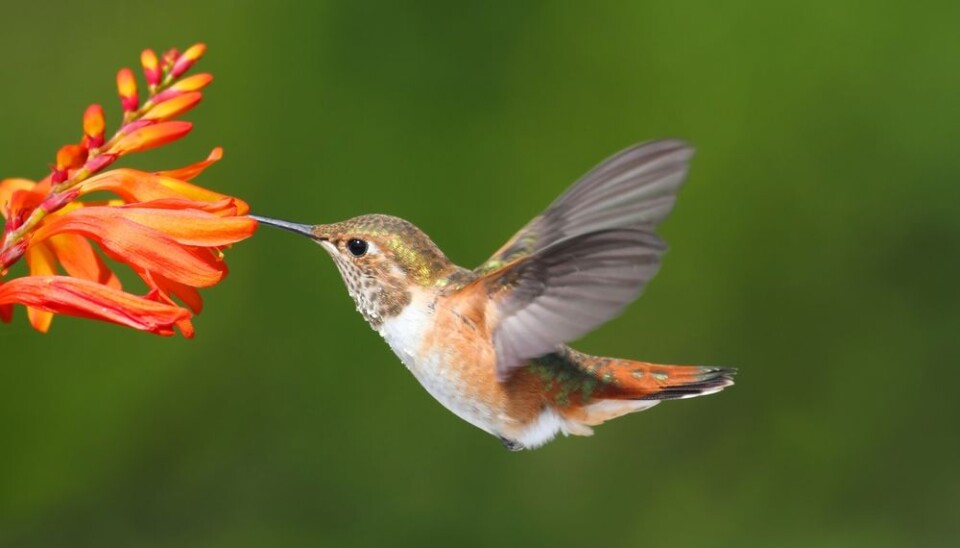
Hummingbirds have adapted their red blood cells so that they can fly high up in the Andes where oxygen is scarce.
Hummingbirds can fly with almost no oxygen
The hummingbird’s super-fast wing beats are among the most energy-intensive movements in the animal kingdom. Still, the birds can fly 4,000 metres above sea level, where there is very little oxygen. Scientists have now figured out how this is possible.
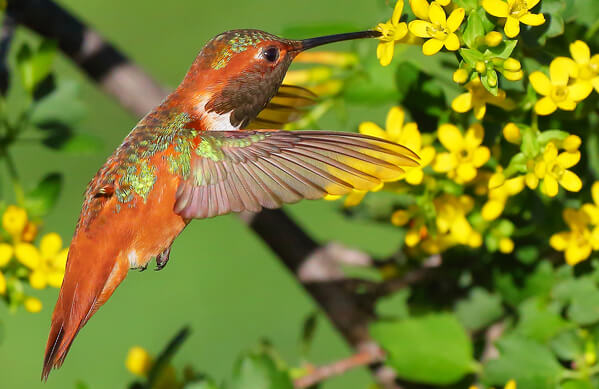
The rapid wing beats of the hummingbird require great amounts of oxygen. Yet the tiny birds fly around the mountain peaks of the Andes, where oxygen is very scarce.
Now scientists have found out that the high-flying hummingbirds have some special genetic adaptions in two locations of the oxygen-carrying part of their red blood cells. These two adaptions enable them to absorb oxygen with great efficiency at high altitudes.
The new study also found that low-flying hummingbirds have some other genetic adaptations in the exact same locations on their genome.The findings suggest that the hummingbird’s ancestor was somewhere in the middle between these two, and then the various hummingbird species adjusted two locations on their genome to adapt to different oxygen environments.
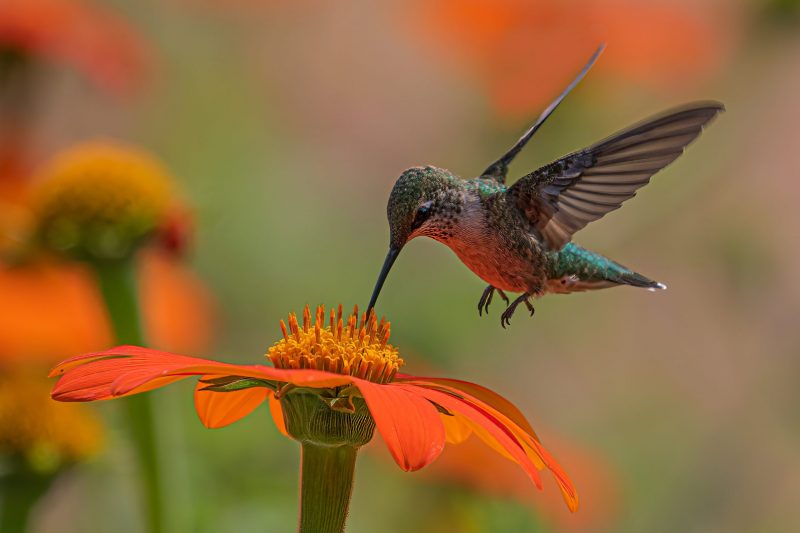
”It is amazing to see that so few mutations can have such a great impact on an animal’s ability to colonise new environments. This reveals an extreme degree of adaptability,” says Angela Fago, an associate professor at the Department of Bioscience – Zoophysiology, Aarhus University, Denmark, who co-authored the new study.
Hummingbirds are adaptable creatures
It is amazing to see that so few mutations can have such a great impact on an animal’s ability to colonise new environments. This reveals an extreme degree of adaptability.
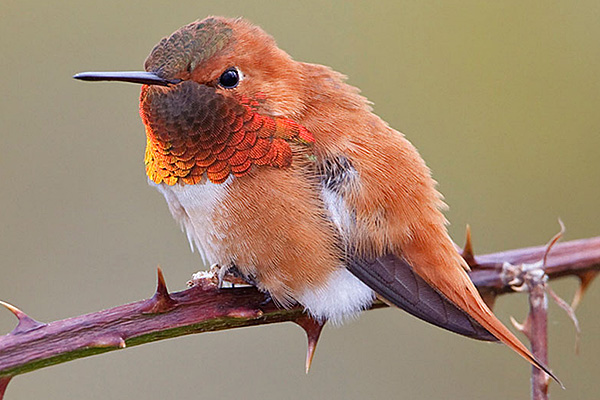
The new findings paint a picture of some highly adaptable hummingbirds. It appears that relatively few genetic changes are required for future hummingbirds to adapt to new areas with different oxygen conditions.
This means that perhaps we don’t need to worry as much about the future of the hummingbird as we do about other animals.
“It appears that some animals, such as hummingbirds, can adapt to new environments relatively quickly with only few genetic changes,” says Fago.
”Other animals are less adaptable, as this may require more genetic restructuring. Our findings inform us that some species require extra consideration in nature conservation work, while others are genetically better equipped to adapt to future changes in the environment.”
Blood and genes examined
Other animals are less adaptable, as this may require more genetic restructuring. Our findings inform us that some species require extra consideration in nature conservation work, while others are genetically better equipped to adapt to future changes in the environment.

The researchers travelled to the Andes where they captured hummingbirds and took blood samples.The blood samples were used to map the genetic sequence behind the oxygen-carrying part of the red blood cells – the haemoglobin – in the various species.
Here, it turned out that the specific mutations in the high-living hummingbirds have the effect that the haemoglobin binds oxygen more tightly, which is why the blood can become oxygen-saturated even when the oxygen levels in the air are very low.
This is why some hummingbird species can survive at heights of 4,000 metres.
The hummingbirds that fly closer to the ground get plenty of oxygen, so for them it is more important that the haemoglobin can release the oxygen, so that it can be released to the muscles.
”In this way, the various hummingbird species have adjusted their haemoglobin’s ability to bind oxygen dependent on the environment in which they live,” explains Fago.
Hummingbirds approach the problem of oxygen deficiency at high altitudes differently than humans. When we are exposed to an oxygen-poor environment over an extended period, there are no genetic adaptions that can help us to function normally. Instead, we produce more of the red blood cells in order to get sufficient amounts of oxygen.
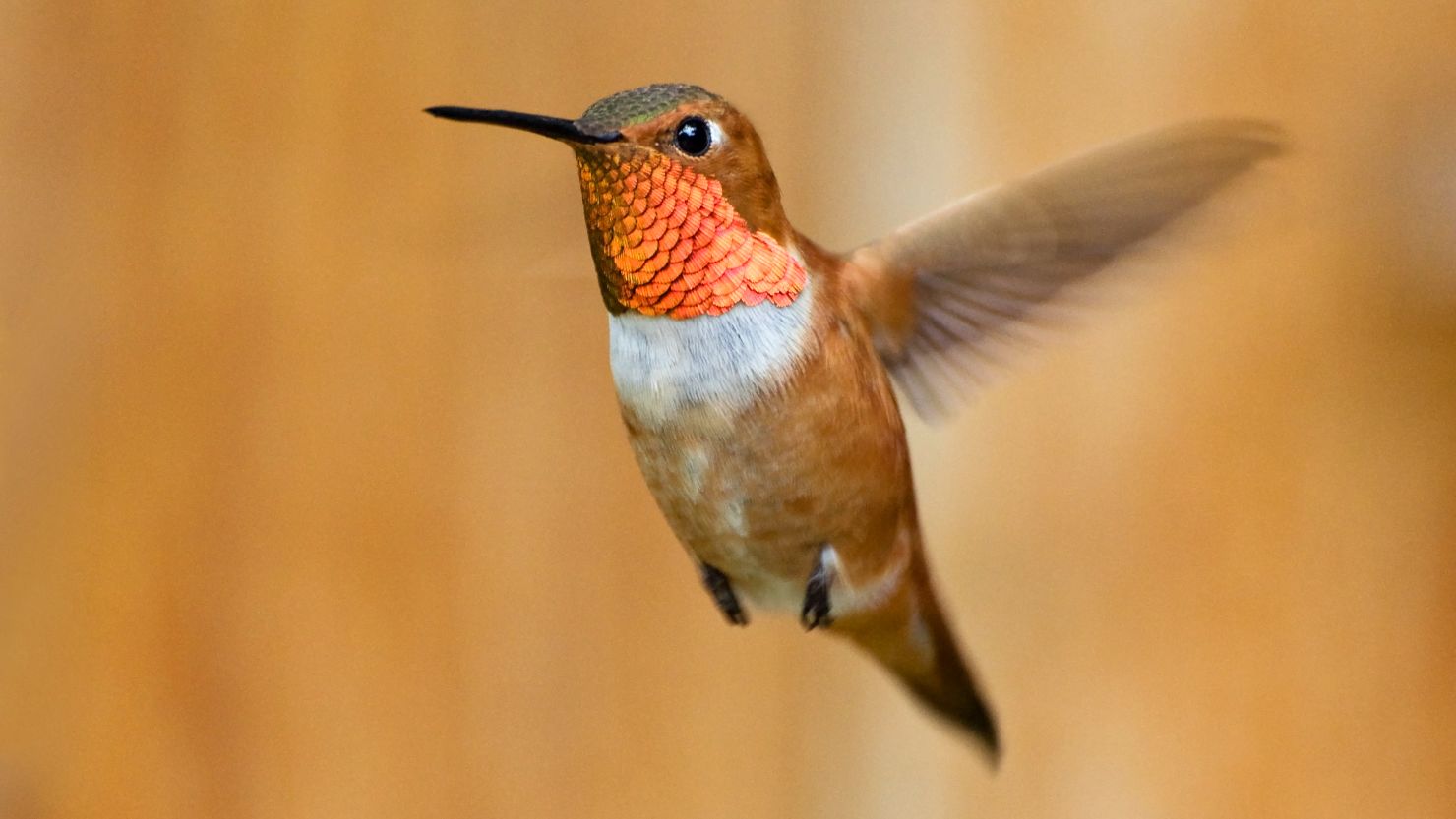
A family tree of hummingbirds
In addition to increasing our understanding of the hummingbirds’ oxygen uptake, the new study can also be used to create a genealogical tree of hummingbirds.
Armed with great amounts of genetic material, the researchers can now start to identify genetic differences that distinguish one hummingbird species from another.
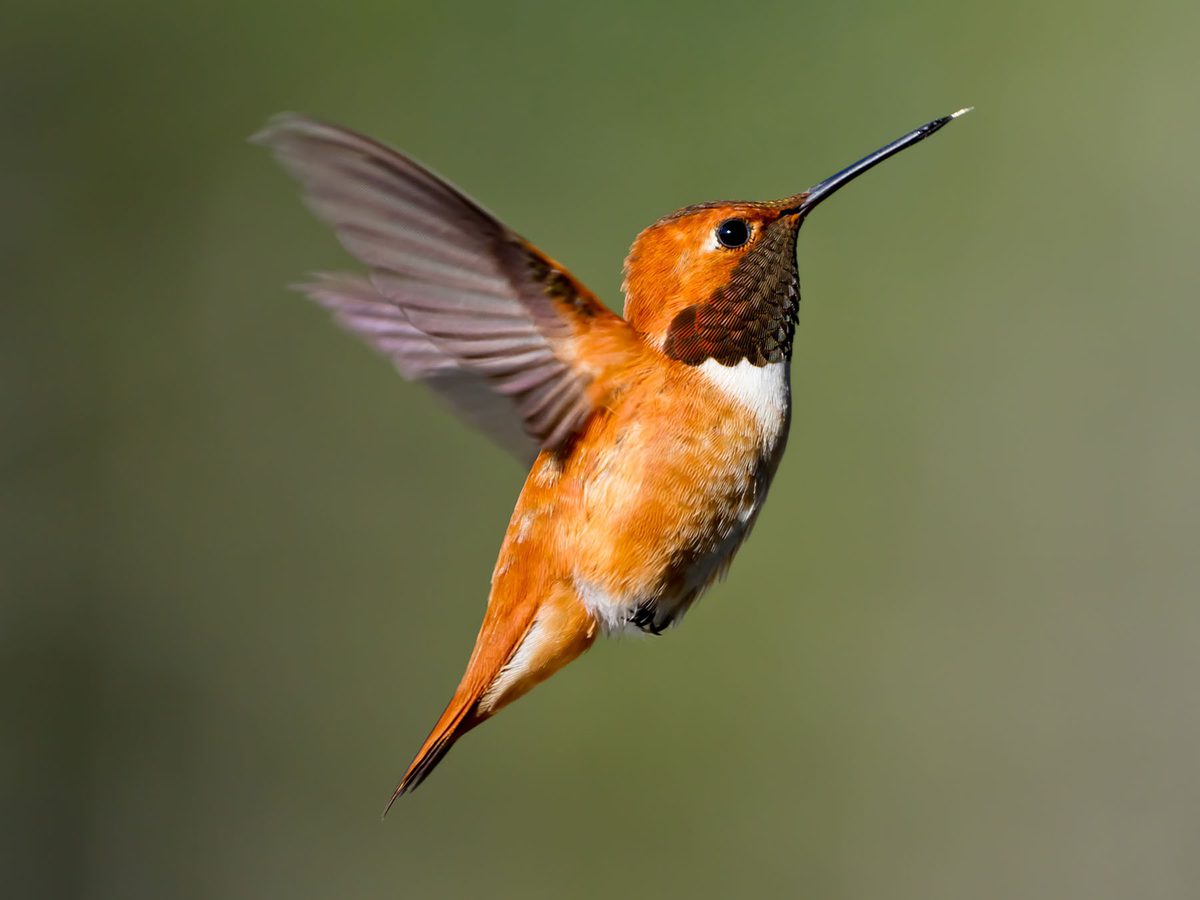
This information can be used to determine the ancestor of the hummingbird, and how this species looked – at least genetically.”This is probably of little relevance to human health and the like, but it is really interesting for us zoophysiologists.” says Fago.